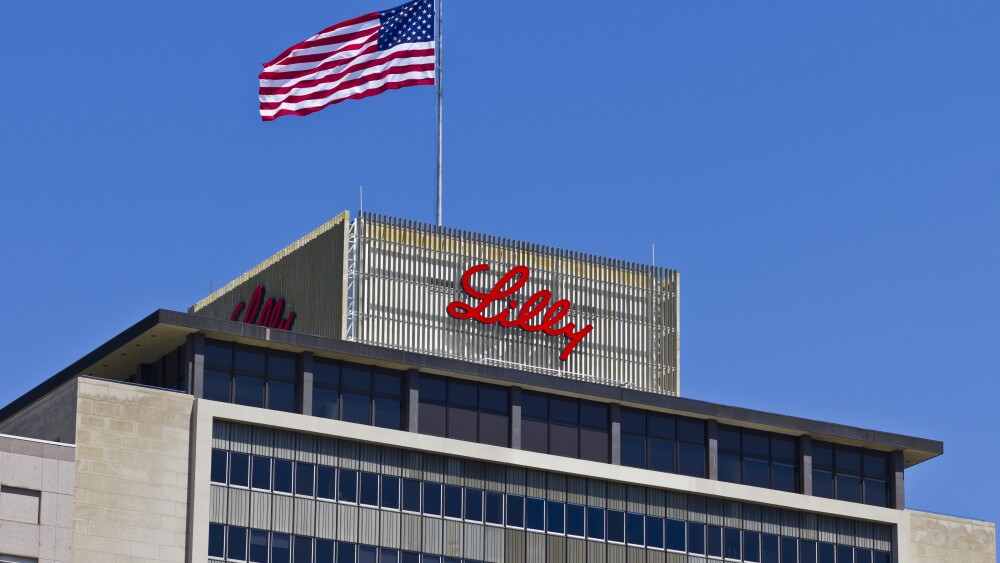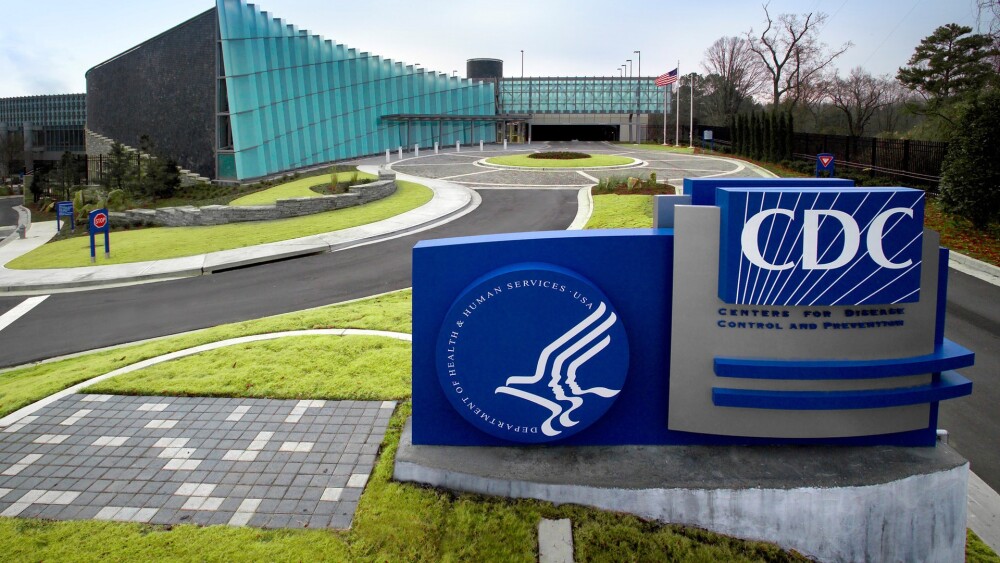The over-representation of males and Hispanic patients in Eli Lilly’s Phase III ATTAIN-1 study could explain why orforglipron “underperformed” expectations in a previous readout, according to analysts at BMO Capital Markets.
After a disappointing topline readout last month, Eli Lilly shared a more complete picture of the late-stage performance of its closely watched weight-loss pill orforglipron.
Results from the Phase III ATTAIN-1 study, published Tuesday in the New England Journal of Medicine, showed that patients treated with 36-mg orforglipron lost 11.2% of their body weight after 72 weeks, compared to 2.1% in patients receiving placebo. In an efficacy estimand analysis—which assumes that all participants stayed on treatment without taking certain prohibited weight management therapies—orforglipron’s weight loss increased slightly to 12.4%, versus 0.9% in placebo comparators, according to the company’s release.
Writing to investors on Tuesday evening, analysts at BMO Capital Markets struck a positive tone. “Results are broadly positive” for Lilly, the analysts wrote, adding that the data “give us increased confidence in the competitive profile of orforglipron.”
After Tuesday’s data reveal, BMO also flagged certain demographic characteristics of ATTAIN-1, which the analysts said could help explain “why efficacy may have underperformed expectations.” In particular, the firm pointed to racial and gender differences: Around 36% of participants were male, they said, while roughly 38% identified as Hispanic or Latino.
“While this is a positive for applicability to an increasingly Hispanic U.S. population, this notably blunted efficacy,” the analysts contended, noting that it is a “known phenomenon” that people of Hispanic heritage have a “reduced sensitivity to GLP-1 agents.” Similarly, the lower enrollment of female patients, especially compared to Novo’s studies, is notable because “males commonly lose less weight” versus women, according to the note.
Orforglipron’s safety profile on Tuesday was “consistent” with what is known for the broader GLP-1 class, according to Lilly. Side effects were mild or moderate in severity, and most of them were gastrointestinal in nature.
Adverse events, according to BMO, “clearly reduce with time” according to data that the analysts were able to review. “We believe the slowing of symptom accumulation over time is promising for longer term use of orforglipron, especially in a maintenance setting.”
Lilly will present the ATTAIN-1 data on Wednesday at the 2025 European Association for the Study of Diabetes congress.
Analyst reactions to these new results are starkly different than to those in response to the topline data from ATTAIN-1 released by Lilly last month, which led the company’s stock to drop by 14% on Aug. 7.
That readout underwhelmed analysts as orforglipron was unable to match or outperform the subcutaneous formulation of rival Novo Nordisk’s Wegovy, which achieved a 13.7% weight reduction at 72 weeks in the SURMOUNT-5 study. An oral 50-mg dose of Wegovy, meanwhile, hit 12.7% weight loss in the OASIS-1 trial.






